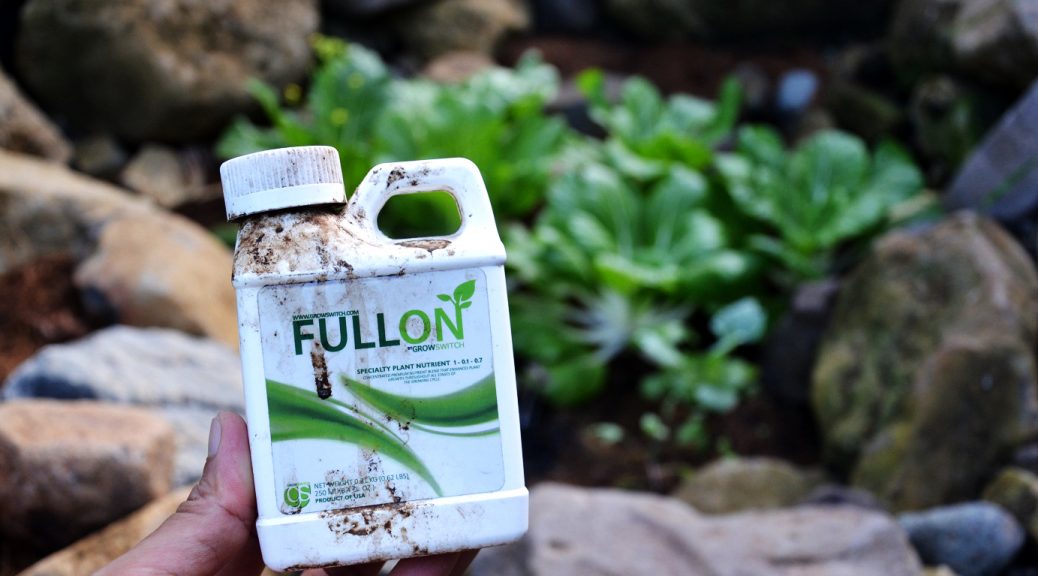Why I need pH, Minerals and Anions?
Soil pH is a relative measure of the hydrogen ion concentration (H+) in the soil. The pH value can vary from a minimum value of 0 to a maximum value of 14.
CEC
Cation exchange capacity (CEC) is a measure of the total amount of exchangeable cations (positively charged ions) a soil can adsorb. Nutrient cations in the soil include positively charged ions such as calcium (Ca+2), magnesium (Mg+2), potassium (K+), sodium (Na+) and hydrogen (H+).
Anions are negatively charged ions.
Anions such as nitrate (NO3-), sulfate (SO4-) and chloride (Cl-) are highly soluble and move with water.
The phosphate anion (PO3-) does not move freely in soils largely because it forms relatively insoluble compounds with iron and aluminum in acid soils (low pH). And with calcium in alkaline soils (high pH).
And there are seventeen elements are considered essential nutrients for plant growth.
If there is a deficiency of any essential elements, plants cannot complete their vegetative or reproductive cycles. Some of these nutrients combine to form compounds that make up cells and enzymes. Other nutrients are necessary for certain chemical processes to occur. The most limiting nutrient in a soil determines the growth and reproduction of plants.
Nitrogen
Nitrogen is a building block of plant proteins. It is an integral part of chlorophyll and it’s a component of amino acids, nucleic acids and coenzymes. Most nitrogen in the soil is tied up in organic matter. It is taken up by plants as nitrate (NO3-).
Phosphorus
Plants use phosphorus to form the nucleic acids DNA and RNA and to store and transfer energy. It promotes early plant growth and root formation through its role in the division and organization of cells. It’s essential to flowering and fruiting and to the transfer of hereditary traits. Phosphorus is adsorbed by plants as H2PO4-, HPO4-2 or PO-3, depending upon soil pH.
Potassium
Potassium is necessary to plants for translocation of sugars and for starch formation. It is important for efficient use of water through its role in opening and closing small apertures (stomata) on the surface of leaves. Phosphorus increases plant resistance to diseases and assists in enzyme activation and photosynthesis. It also increases the size and quality of fruits or flowers. Plants take up potassium in the form of potassium ions (K+).
Calcium
Calcium provides a building block (calcium pectate) for cell walls and membranes. And it must be present for the formation of new cells. It is a constituent of important plant carbohydrates, such as starch and cellulose. Calcium promotes plant vigor and rigidity and is important to proper root and stem growth. Plants adsorb calcium in the form of the calcium ion (Ca+).
Magnesium
It’s a component of the chlorophyll molecule and is therefore essential for photosynthesis. Magnesium serves as an activator for many plant enzymes required for sugar metabolism and movement and for growth processes. Plants take up magnesium as the Mg+2 ion.
Sulfur
It is a constituent of three amino acids (cystine, methionine and cysteine) that play an essential role in protein synthesis. Sulfur is present in oil compounds responsible for characteristic odors of plants. It is also essential for nodule formation in legumes. Plants take up sulfur in the form of sulfate (SO4-2) ions.
Zinc
It is an essential component of several enzymes in plant growth regulator. And it is involved in the production of chlorophyll and protein. Zinc is taken up by plants as the zinc ion (Zn+2).
Iron
It is taken up by plants as ferrous ion (Fe+2). Iron is required for the formation of chlorophyll in plant cells. Iron serves as an activator for biochemical processes such as respiration, photosynthesis and symbiotic nitrogen fixation.
Manganese
It serves as an activator for enzymes in plant growth processes. And it also assists iron in chlorophyll formation. Plants obtain this nutrient from the soil in the form of manganous ion (Mn+2).
Copper
It is an activator of several enzymes in plants. It may play a role in production of vitamin A. Deficiency interferes with protein synthesis. Copper deficiencies are not common in soils. Plants take up copper from the soil in the form of cuprous (Cu+) or cupric (Cu+2) ions.
Boron
It regulates the metabolism of carbohydrates in plants. It is essential for the process by which meristem cells (cells that divide) differentiate to form specific tissues. If plant is boron deficient, their cells may still continue to divide. But the structural components are not differentiated. Boron is taken up by plants as the borate ion (BO3-).
Molybdenum
Molybdenum is an essential micronutrient that enables plants to make use of nitrogen. Without molybdenum, plants cannot transform nitrate nitrogen to amino acids. And legumes cannot fix atmospheric nitrogen. It is taken up by plants as molybdate ions (MoO4-).
Chlorine
It is required in photosynthetic reactions. Plants take up chlorine as chloride ion (Cl-).
Nickel
It is taken up by plants as Ni+2. Nickel is a component of the enzyme urease,

